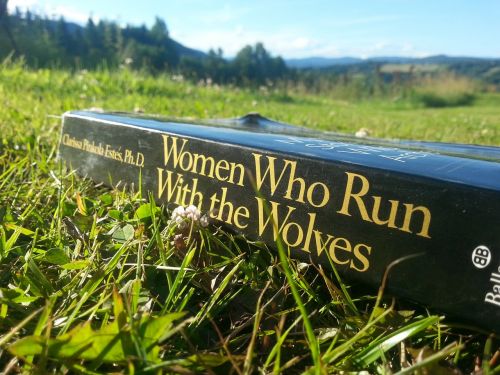Past continuous
To name your story, you have to think about the overall message and what you want your audience to understand from the story. Also, make it relevant and easy to remember.
Examples
Was she sitting on a bench when her boyfriend called her?
She wasn't sitting on a bench when her boyfriend called her
She was sitting on a bench when her boyfriend called her
Forms
Interrogative form
The ending of a story is essential. We all know that if the ending is weak, what happened before loses its importance. So make it unpredictable, but fair. A resolved ending answers all the questions and ties up any loose threads from the plot.
Short answer
Yes-No
Past form of verb "ing"
?
Negative form
The middle of the story is where you add layers of complications that will lead to the end. Reveal more about the character's journey. Did their personality go through changes? How did they overcome the challenges? And as you build up the story’s central conflict, make it more personal to that character. Also, from the middle act, you have to lead into the final act.
Not
Affermative form
In the beginning of the story (or the exposition), you will need to introduce the setting and characters. You might also want to introduce the main conflict. This part of the story is important because it gives the reader necessary background information and maybe even a first insight into a character’s personality.
Subject
Past form of verb "to be"
"ing" form of verb
We use past continuous to talk about an action that was happening at some point in the past.
Or to describe something that was happening continuously in the past when another action interrupted it










